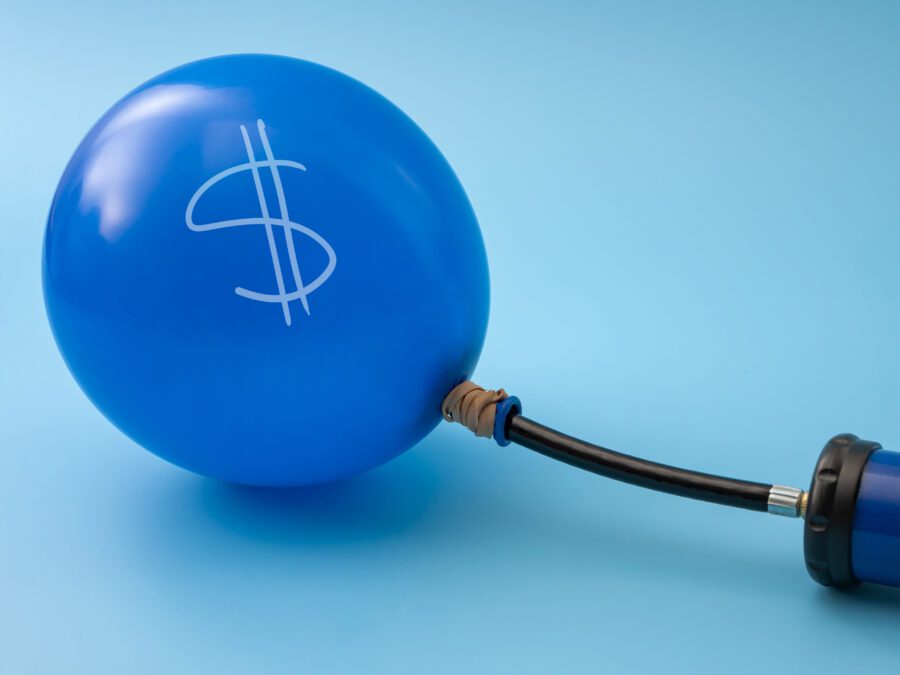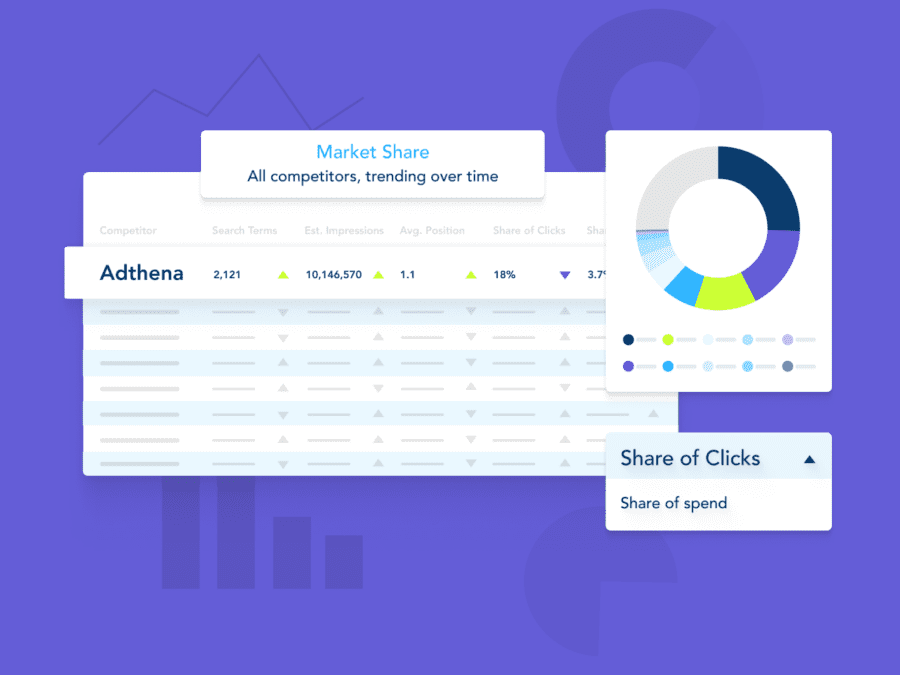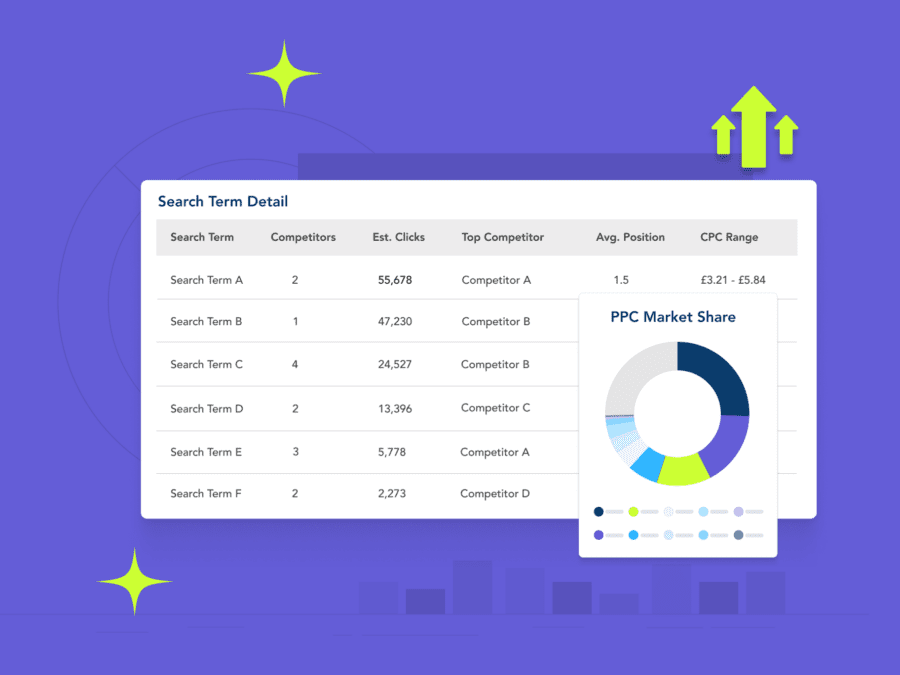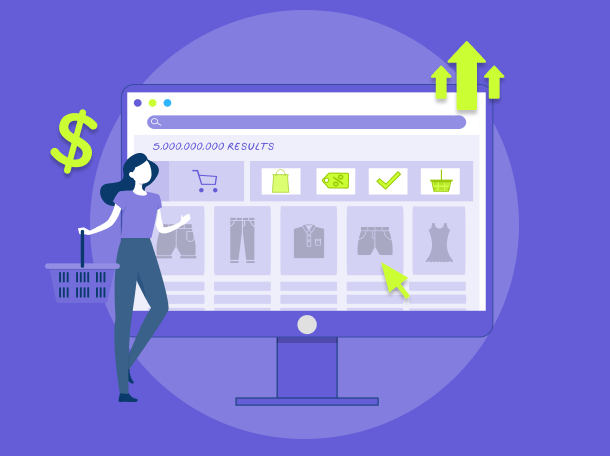Google’s antitrust trial is still ongoing but in recent developments, Google has confirmed a significant inflation in Cost Per Click (CPC) rates, leaving advertisers and digital marketers concerned. This unexpected change in Google’s advertising landscape has raised questions about its implications and the strategies advertisers need to adopt to adapt to this new reality.
Understanding the CPC increase
Google’s advertising platform is renowned for its dynamic auction system, which determines ad placement and pricing. The recent surge in CPC rates has left advertisers puzzled, wondering what factors might have caused this sudden shift.
Ad competition and bidding strategies
One of the primary factors contributing to the increase in CPC rates is heightened competition among advertisers. With more businesses vying for online visibility, Google’s ad auction has become increasingly competitive. This surge in demand has naturally led to higher CPCs as advertisers compete for limited ad space.
Additionally, advertisers have been more aggressive in their bidding strategies, attempting to outbid their competitors to secure prime ad placements. These aggressive tactics have further driven up CPC rates, as advertisers are willing to pay a premium for top positions in search results.
Google’s secretive approach
What has added to the uncertainty surrounding this CPC increase is Google’s seemingly secretive approach. The tech giant has not been forthcoming about its pricing adjustments, leading to speculation among advertisers. It is suggested that Google may have quietly raised ad prices to meet its revenue targets, leaving advertisers to grapple with the consequences.
Adaptation and strategy for advertisers
In light of these developments, advertisers need to consider several key strategies to navigate the changing advertising landscape effectively:
- Budget management: Advertisers must be prepared to adjust their budgets to accommodate higher CPCs. Regular monitoring and fine-tuning of budgets will be essential to maintain cost-effective campaigns.
Adthena can help identify where you’re wasting budget and improve your spend efficiency. Brand Activator helps advertisers to identify clicks they’re winning organically, with no other bidders but still paying for the click. That’s savings you can pocket or reinvest into generic terms.
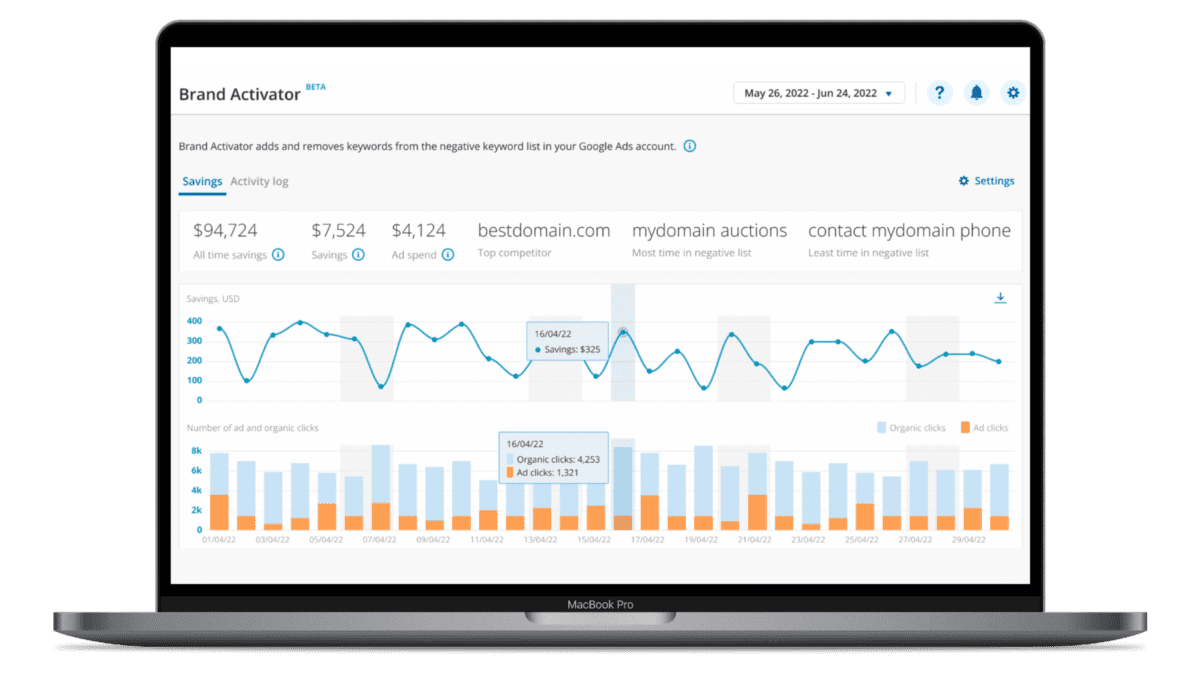
2. Enhanced ad quality: Google’s intent to improve user experience and ad relevance should motivate advertisers to focus on creating high-quality, relevant ad content. By doing so, they can potentially improve ad rank and reduce CPCs.
With Adthena’s Creative Insights, you can track the creative phrases your competitors are using across all of your search term groups and get market-wide visibility to help you analyze, benchmark, and optimize every element of your ads.
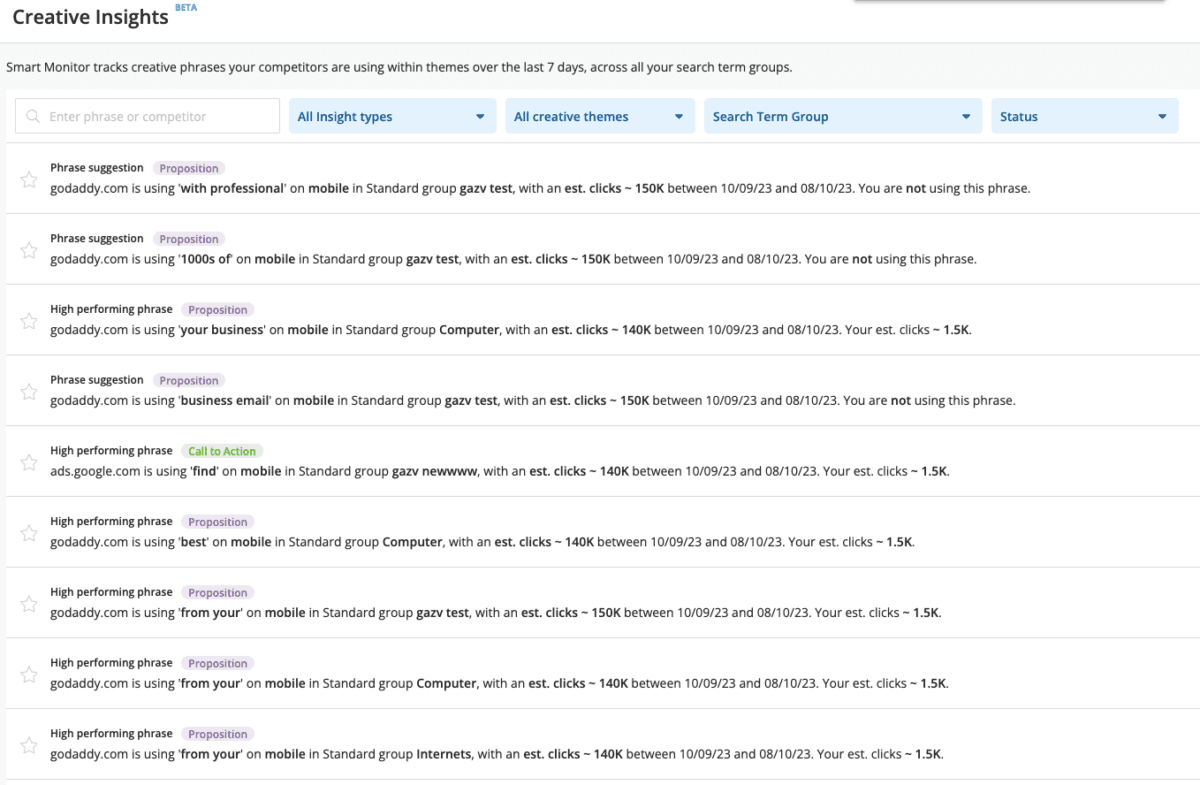
Above: Adthena’s Creative Insights showing competitive phrases over last 7 days
3. Keyword optimization: Advertisers should review their keyword selection and bidding strategies. Opting for long-tail keywords and using negative keywords strategically can help manage advertising costs more effectively.
Athena’s Search Term Detail lets you see which terms have the most competitors appearing on them, as well as the volume potential and estimated cost. Identify terms that don’t support your strategy or that cannibalize your other accounts, then add them to your negative keyword list.
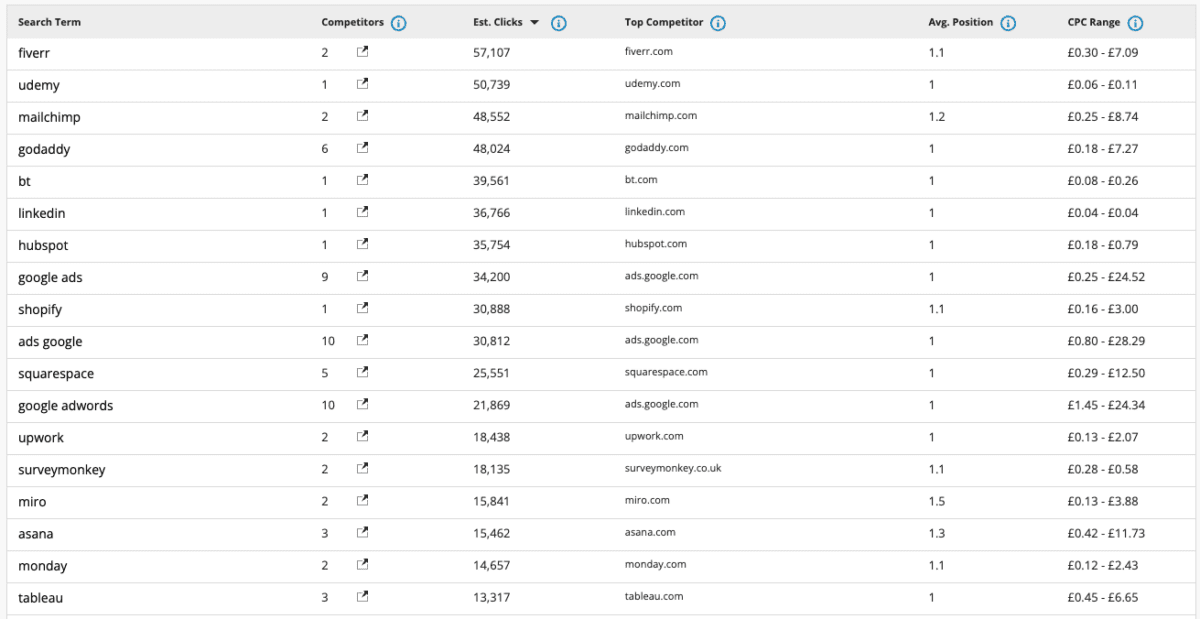
Above: Adthena’s Search Term Detail showing terms with highest competition
4. Market Trends: You can closely track CPC trends, share of spend across various advertising channels and platforms, and competitive market share within Adthena’s Market Trends report. This will not only help in adapting to Google’s pricing dynamics but also enables you to capitalize on emerging opportunities.
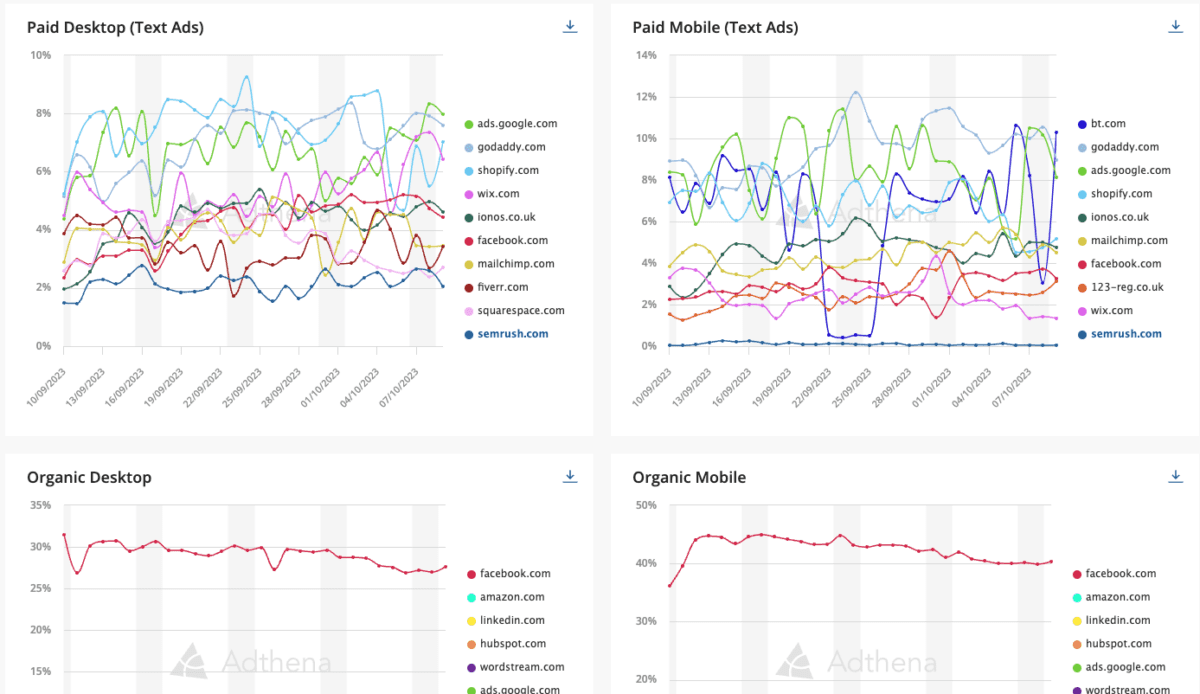
Above: Adthena’s Market Trends showing paid and organic market share
5. Data-driven decisions: Regular data analysis and performance tracking will be indispensable. Advertisers must closely monitor their campaigns and adjust strategies as needed to optimize performance and return on investment.
Moving forward in the face of elevated CPCs
Google’s confirmation of inflated CPCs presents a significant challenge for advertisers, demanding adaptability and strategic adjustment in their advertising campaigns. While Google’s intentions may aim at improving the user experience and ad relevance, advertisers must proactively address these changes.
The ability to manage budgets efficiently, maintain ad quality, diversify strategies, optimize keywords, and make data-driven decisions will be crucial for advertisers aiming to thrive in the face of increasing CPC rates on Google’s platform.
Trust Adthena to put you in control of your CPC’s
Adthena uses a patent-pending technology to automatically identify each client’s selection of Search Terms and Competitors based on the competitive activity observed within the SERPs.
Seeking millions of search terms each day, the Adthena algorithm is able to distinguish between degrees of relevancy, isolating search activity where both the competitor and search term are being selected.
Each term is examined multiple times to provide an accurate view of the auction landscape it belongs to. We use this observed data to estimate the click-through-rate (CTR) and cost-per-click (CPC) for every competitor we have seen bidding on a term.
Take a 1 minute tour of Adthena to see how it’s done.
